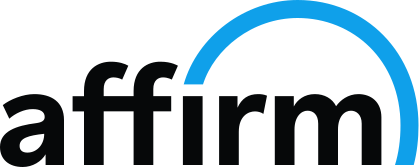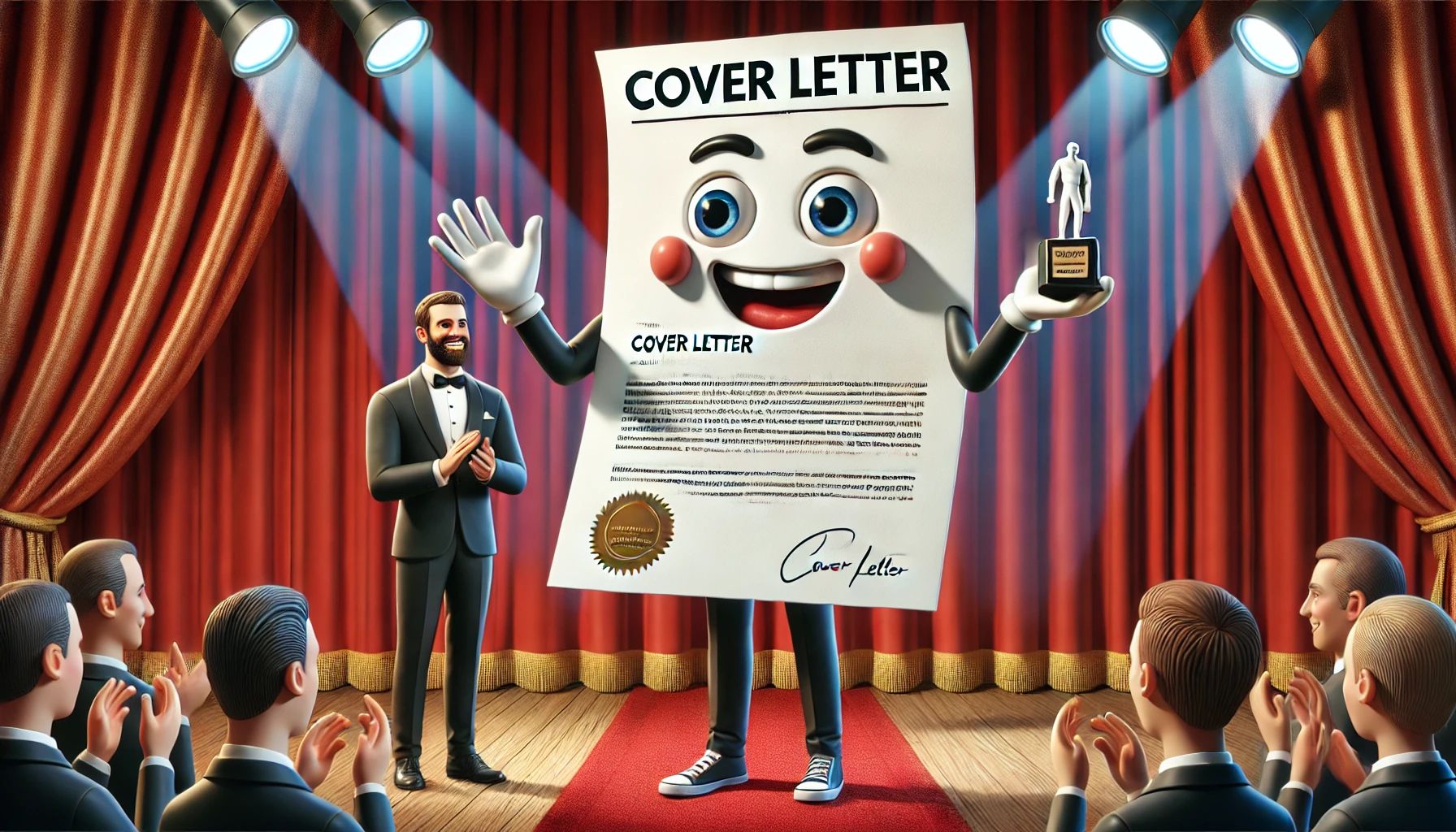
- Ensure that your cover letter utilizes standard business letter formatting. So don’t bother with paragraph indentations. Left align all paragraphs within the cover letter.
- Below your header should come the date. Your template can be set up with a formula that is a feature in Microsoft Word, that can automatically keep the current date. But if sending your cover letter as a file, you may want to take over this with the actual date so that it does not change while in the recipient’s possession.
- When you have the contact information for the letter’s recipient, customize the cover letter by entering this information right below the date. This section is called the inside address. Be sure to include the recipient’s name, job title, and mailing address.
- Be sure to integrate a subject line. The individual who gets the cover letter and resume she quickly be able to determine the job for which you are applying. Your resume may be going through a process where it gets to a department with several open jobs. You do not want any confusion as to which job you are applying.
- On the greeting line, you can address the recipient by name. If you are applying for a position and do not know who is in control of the process, you can enter “Dear Hiring Manager”. This is more effective than addressing the letter to HR because not every position goes through HR (in fact, some believe no jobs should). You don’t want your documents being forwarded to them if they are not in the loop on the job vacancy during the hiring process. By the time your document finds the right department (IF it finds the right department), it could be too late.
- Within the introductory paragraph, speak to your desire to apply for the specific job once again. This paragraph is supposed to be dynamic, yet not over the top. The idea is to capture that attention of the reader right up front to drive them through the rest of the document.
- In the body itself, you can demonstrate throughout where your skill set matches the requirements of the job. Review the job description, and others similar to it, to zero in on concepts that will be important to the reader, as well as likely search terms within a database.
- The cover letter is also a good place to reiterate some of your high impact entries such as special projects, impressive rankings amongst your peers, or accolades from senior leadership.
- When wrapping up your cover letter, be sure to ask for the interview and provide your contact information again, even if already appears in the header.
Of course, not every cover letter submitted is being done so for a specific position, or being sent to a specific recipient. So these strategies are to be employed only where possible. For example, if bring a copy of your resume and cover letter to a job fair, you will have no opportunity to customize for even a recipient, or position. Sometimes, not even a job type. In a situation such as this, you will include the date, but there should be no inside address. Also, within the body of the resume, the content should focus on a combination of your strongest qualities, and those skills that are likely to be of value to the job fair participants (if you have done some research on the companies attending, then you should have some idea)
Remember, when you are trying to be the last applicant standing of what could be hundreds, you don’t want to leave any stone unturned. The fact that most of your competition will not pay attention to the cover letter bodes well for you. Take the time, customize your cover letter right, proof your documents well, and give yourself another tool that will launch you to the front of the interview line.







